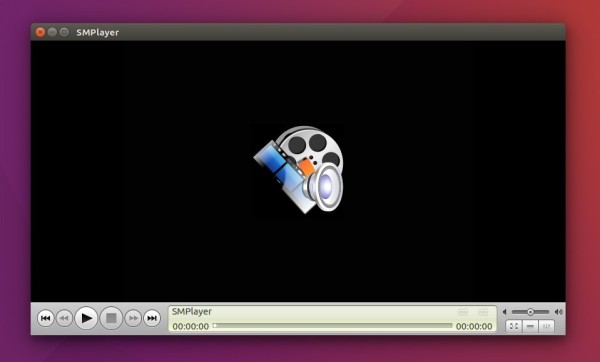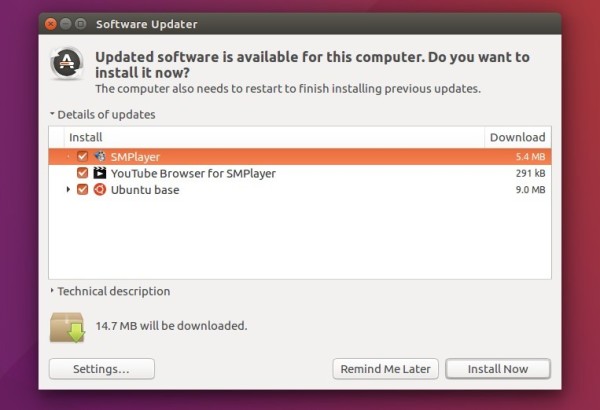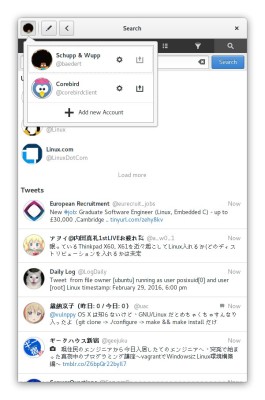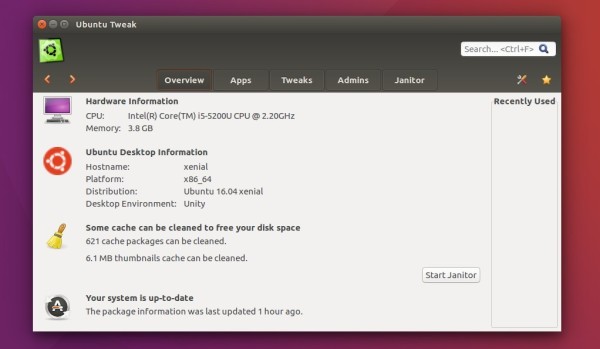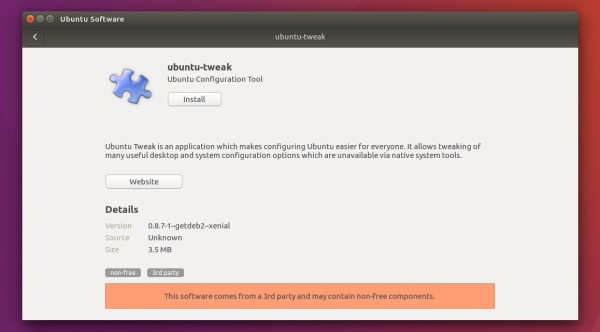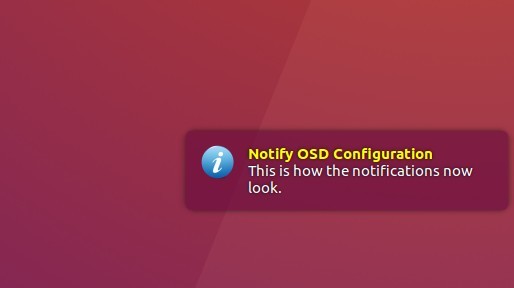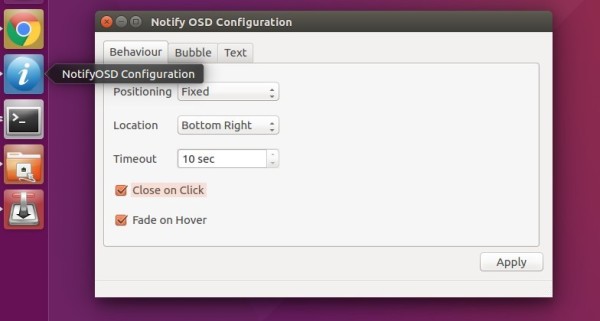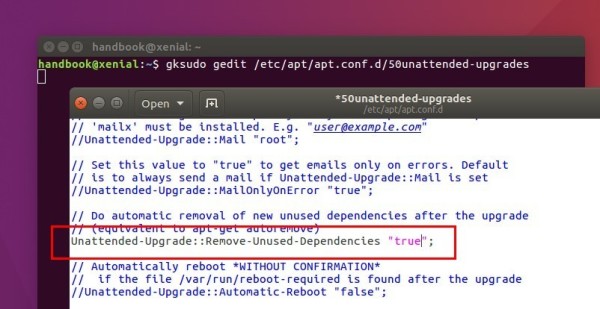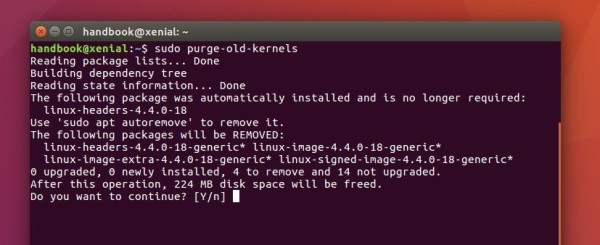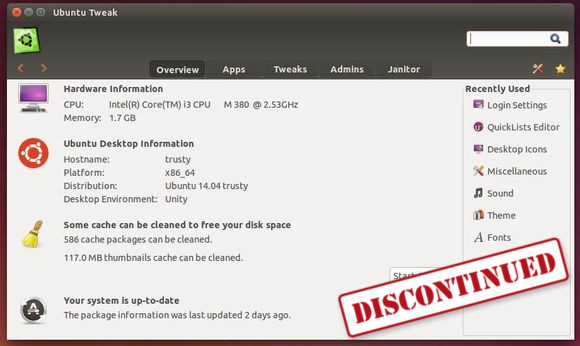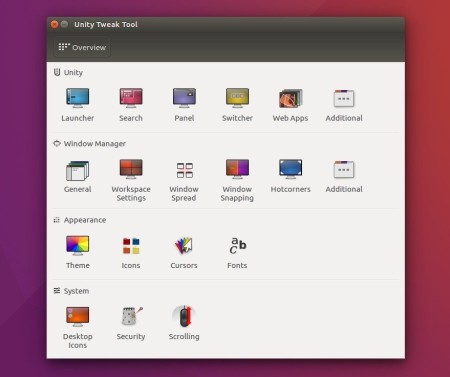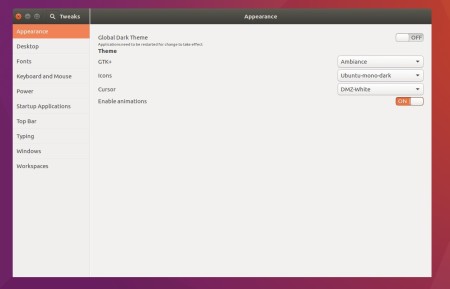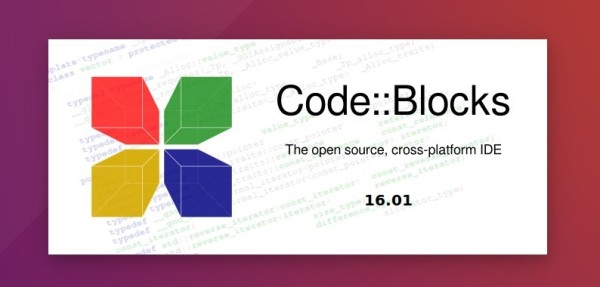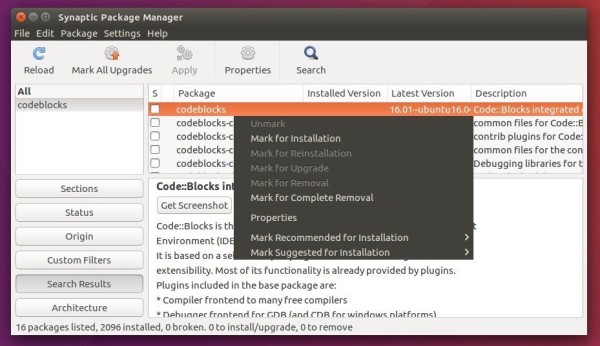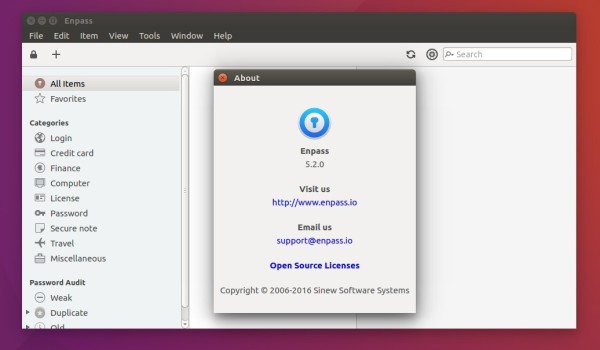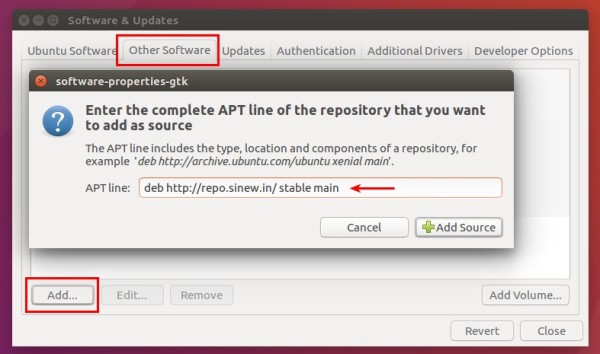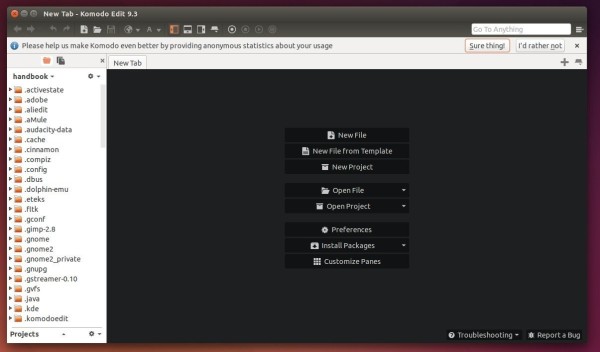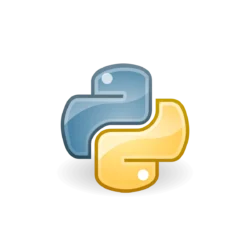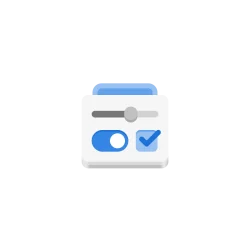The Linux Kernel 4.6 stable has been released. Linus Torvalds announced this kernel release in lkml.org:
-
It’s just as well I didn’t cut the rc cycle short, since the last week ended up getting a few more fixes than expected, but nothing in there feels all that odd or out of line. So 4.6 is out there at the normal schedule, and that obviously also means that I’ll start doing merge window pull requests for 4.7 starting tomorrow.
Since rc7, there’s been small noise all over, with driver fixes being the bulk of it, but there is minor noise all over (perf tooling, networking, filesystems, documentation, some small arch fixes..)
New features in Kernel 4.6:
- Initial open-source support for GTX 900 series
- Runtime AHCI power management support for greater power savings
- Dell laptop support improvements
- Better security for 32-bit Linux programs.
- Various open-source AMD graphics driver improvements.
- A number of new ARM hardware support.
How to Install Kernel 4.6 in Ubuntu:
There are .deb packages for this kernel release available in kernel-ppa/mainline:
Download and install the packages named below one by one according to your OS type (i386 for 32-bit, amd64 for 64-bit):
- linux-headers-4.6.0-xxx_all.deb
- linux-headers-4.6.0-xxx-generic_xxx_i386/amd64.deb
- linux-image-4.6.0-xxx-generic_xxx_i386/amd64.deb
For a low latency system (e.g. for recording audio) install following packages instead:
- linux-headers-4.6.0-xxx_all.deb
- linux-headers-4.6.0-xxx-lowlatency_xxx_i386/amd64.deb
- linux-image-4.6.0-xxx-lowlatency_xxx_i386/amd64.deb
You can also download and install these debs by running the commands below in terminal/console:
For 64-bit system:
cd /tmp/ wget http://kernel.ubuntu.com/~kernel-ppa/mainline/v4.6-yakkety/linux-headers-4.6.0-040600_4.6.0-040600.201605151930_all.deb wget http://kernel.ubuntu.com/~kernel-ppa/mainline/v4.6-yakkety/linux-headers-4.6.0-040600-generic_4.6.0-040600.201605151930_amd64.deb wget http://kernel.ubuntu.com/~kernel-ppa/mainline/v4.6-yakkety/linux-image-4.6.0-040600-generic_4.6.0-040600.201605151930_amd64.deb sudo dpkg -i *.deb
For 32-bit system
cd /tmp/ wget http://kernel.ubuntu.com/~kernel-ppa/mainline/v4.6-yakkety/linux-headers-4.6.0-040600_4.6.0-040600.201605151930_all.deb wget http://kernel.ubuntu.com/~kernel-ppa/mainline/v4.6-yakkety/linux-headers-4.6.0-040600-generic_4.6.0-040600.201605151930_i386.deb wget http://kernel.ubuntu.com/~kernel-ppa/mainline/v4.6-yakkety/linux-image-4.6.0-040600-generic_4.6.0-040600.201605151930_i386.deb sudo dpkg -i *.deb
Restart your computer after installation to apply changes.
Restore:
You can easily switch back to the previous kernel by restart your machine and select boot with old kernel version (available in Advanced options). Then use Ubuntu-Tweak or follow this guide to remove Kernel 4.6.




